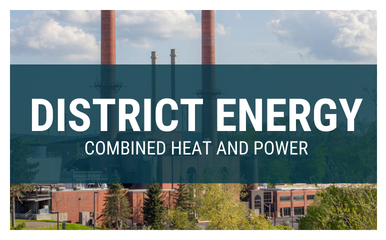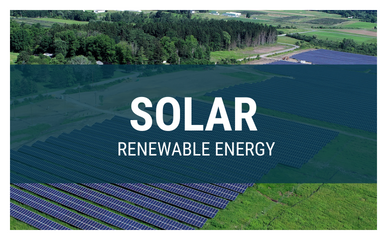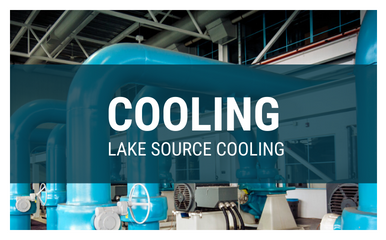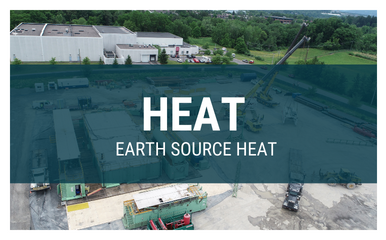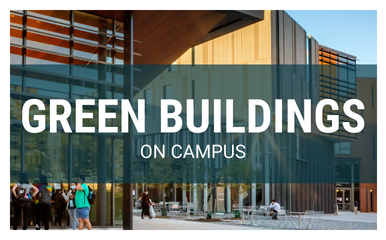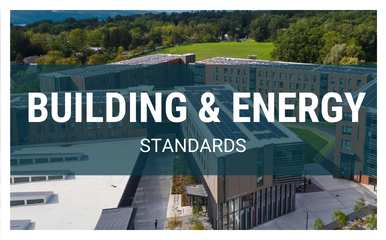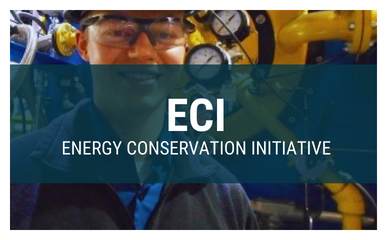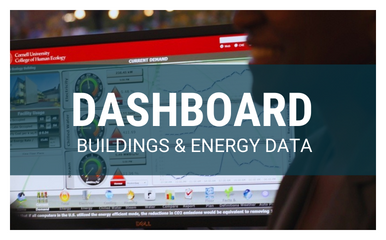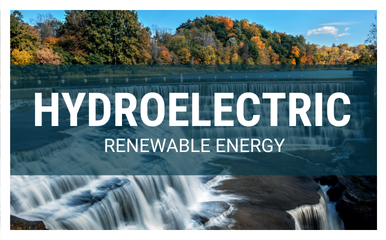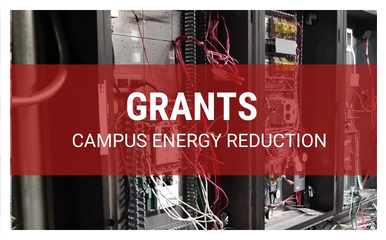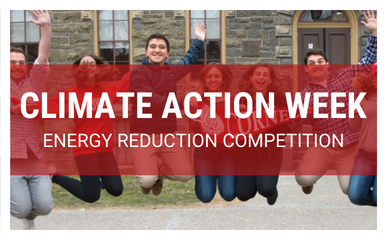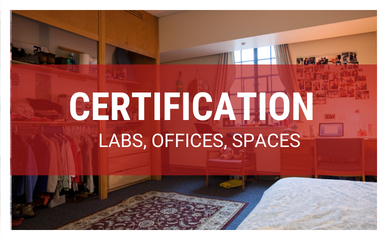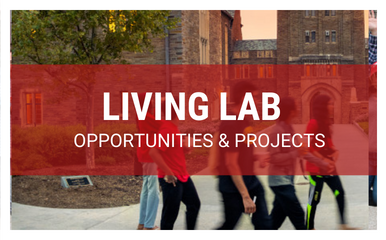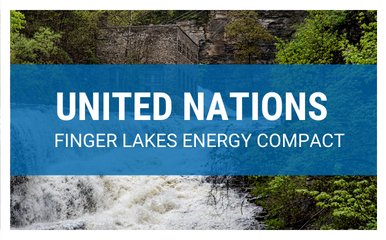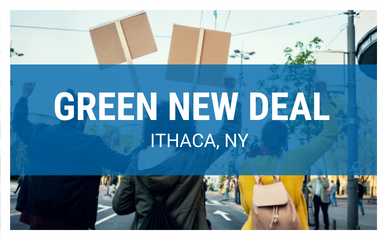Buildings & Energy
Cornell is advancing district-scale sustainable energy solutions through energy conservation, ambitious green building policies, and new campus renewable energy sources to reach carbon neutrality by 2035. Our vision is to build and maintain a campus where people thrive in sustainable and healthy surroundings and to demonstrate scalable fossil-fuel-free solutions across our campus energy systems.
Take Action on Campus
• Unplug appliances and turn off power strips when not in use
• Shut down your computer at night to reduce energy consumption
• Use cold water when running a load of laundry
• Current Campus Work: Development of Cornell University Borehole Observatory (CUBO) — the first phase of Earth Source Heat — a Land-Based Carbon Sinks & Sequestration Working Group, continued implementation of the Climate Action plan to reach carbon neutrality by 2035, energy-efficient improvements through the Energy Conservation Initiative
Sustainable Cornell Buildings & Energy Initiatives
Cornell has rapidly advanced low-carbon energy solutions and green building developments to help reach our carbon neutrality goal. From solar farms to poop-to-power farming systems, Cornell has a forward-thinking past and has set a high bar for the future of its facilities' operation and power.
Participate in Campus Programs
Our campus programs engage community members in energy conservation and the innovative process of transforming our energy systems. Take action with these building & energy programs and initiatives at Cornell.
Quick Facts about Cornell Buildings & Energy Sustainability
- Annabel Taylor Hall was the first LEED-certified residence hall in New York State. Today the Ithaca campus contains 31 green buildings including four Platinum LEED-certified. New buildings and major renovations must meet LEED Silver or higher and stringent additional building & energy standards.
- Cornell produces its own heat, cooling, and power with a District Energy System that includes the Combined Heat & Power Plant, Lake Source Cooling, and a suite of renewable energy systems.
- Students, faculty, and staff have access to campus energy systems as a living laboratory via open-source databases, campus tours, and over 40 campus living laboratory research projects each year.
- Lake Source Cooling, launched in 2001, provides 100% renewable cooling to campus using cold water from Cayuga Lake.
- 100% of campus electricity needs are met by renewable energy on sunny days year-round from 15 large-scale and on-site solar projects and the original campus hydropower plant from 1819.
- Energy use has remained flat since 2000 in spite of a 20%+ growth in campus square footage.
- The Energy Conservation Initiative (ECI) aggressively invests in campus energy conservation, with 55 projects saving over $61 million dollars and 200K MTCO2e.
- Plans to heat the campus with Earth Source Heat, an innovative deep-geothermal technology, are underway with the commencement of drilling for the Cornell University Borehole Observatory in 2022.
- Since 2014, Energy Smackdown has engaged over 100,000 Cornellians in annual energy-reduction competition, saving over 1 million kWh of energy.
Local, Regional & Partnerships
Cornell is a partner and leader in local and state-wide climate initiatives and building & energy planning to help our community and New York State transition to a renewable future.
Additional Information about Buildings & Energy
Our Carbon Neutral Future
Cornell is committed to achieving campus carbon neutrality by 2035.
Buildings and energy use represent the largest portion of the campus greenhouse gas footprint, making the transition to 100% renewable energy necessary and urgent. See how Cornell is making progress to reach our climate leadership goals by learning about our annual greenhouse gas inventory.

